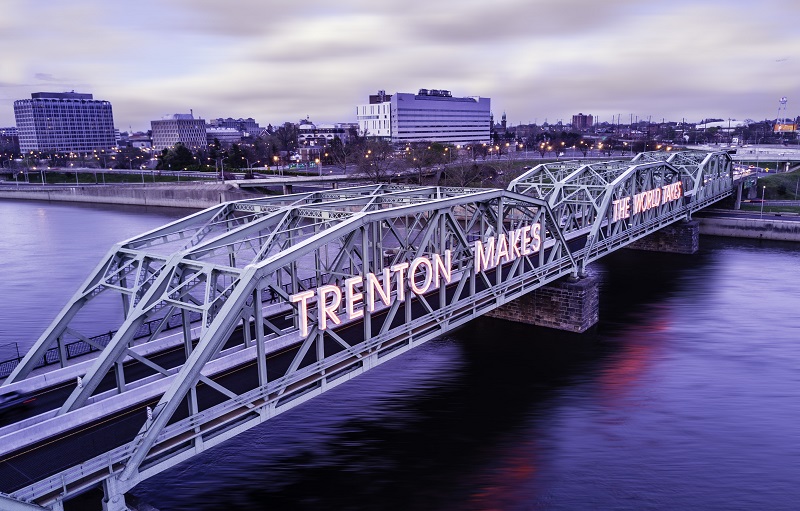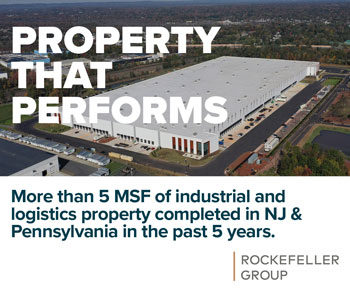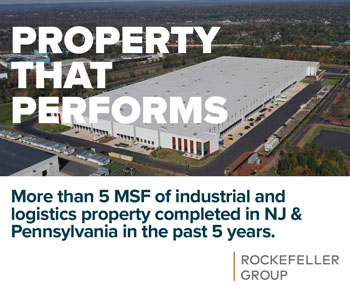By Michael G. McGuinness
Enactment of the groundbreaking New Jersey Environmental Justice Law and the recently proposed rules to implement it are commendable efforts to improve conditions in communities burdened by decades of industrial pollution from Title V-covered facilities, notably solid waste facilities and power generation facilities.
 The rules will impact permitting considerations on certain new and expanding facilities, and renewals of existing major source air permits in New Jersey’s overburdened communities. If adopted, the rules would require extensive analysis of stressors in overburdened communities, the potential of additional control measures to avoid adverse stressors and significant public participation. Developers seeking to place a new covered facility in an overburdened community may be denied permits due to the new law and proposed rules. Permit renewals or permits for expanding existing facilities must be granted. However, these permits may contain conditions to reduce or avoid impacts.
The rules will impact permitting considerations on certain new and expanding facilities, and renewals of existing major source air permits in New Jersey’s overburdened communities. If adopted, the rules would require extensive analysis of stressors in overburdened communities, the potential of additional control measures to avoid adverse stressors and significant public participation. Developers seeking to place a new covered facility in an overburdened community may be denied permits due to the new law and proposed rules. Permit renewals or permits for expanding existing facilities must be granted. However, these permits may contain conditions to reduce or avoid impacts.
There are eight types of facilities covered by New Jersey’s environmental justice law, and although the proposed regulations appear not to currently impact the small-scale commercial and warehouse industry sectors, there is growing concern there will be a proliferation of municipalities adopting ordinances under the guise of environmental justice that are actually aimed at thwarting smart development and critical redevelopment and that broaden the types of regulated facilities. If permitted, such initiatives conducted under false pretense could corrupt honest environmental justice efforts and create a climate inhospitable to economic development and redevelopment. At risk could be brownfield redevelopment, further exposing vulnerable populations to contaminated land. That, in turn, could place development pressure on our state’s greenfields and exacerbate sprawl.
Regardless of the intent of local governments, the adoption of local environmental justice ordinances will undoubtedly create an uneven and inconsistent patchwork of ordinances. I would hope that the New Jersey Department of Environmental Protection (DEP) monitors these activities and establishes standards for local environmental justice ordinances, especially where towns seek to abuse or exceed the law to stop economic growth.
Concerns also exist with the vagueness of the definition of “facility,” which includes any “major source of air pollution.” Typical office and warehouse facilities do not compare with Title V facilities for air pollution, but truck, van and car traffic from office and warehouse development may be construed as a “mobile source of air pollution,” which the enabling statute calls an environmental or public health stressor. Much confusion also abounds with the regulation’s all-encompassing list of 26 “stressors” that include: ground level ozone, particulate matter, railways, car traffic, lack of recreational open space or tree canopy, impervious surface, density, unemployment and education levels, to name a few. Will the DEP eventually come to routinely review stressors in all permit applications, including applications for facilities not covered by the environmental justice statute and rules?
The DEP’s website for environmental justice states that “All New Jersey residents, regardless of income, race, ethnicity, color or national origin, have a right to live, work and recreate in a clean and healthy environment. Historically, New Jersey’s low-income communities and communities of color face a disproportionately high number of environmental and public health stressors and, as a result, suffer from increased adverse health effects. New Jersey seeks to correct these outcomes by furthering the promise of environmental justice.” We can all agree that “access to safe drinking water (and clean air) is a basic and universal human right since it is essential to human survival and, as such, is a condition for the exercise of other human rights,” according to Pope Francis’ 2015 Encyclical on Climate Change and Inequality: On Care for Our Common Home.
Given that air pollution from point, non-point and mobile sources are major public health stressors in many New Jersey communities, public officials at all government levels should prioritize and target the use of the current surplus federal and state funds to reduce and mitigate the public health risks from these concentrated areas of air pollution, especially in New Jersey’s most stressed and overburdened communities. Investments to upgrade our aging infrastructure, site and build electric charging stations, provide financial incentives for truck owners to convert their fossil fuel powered trucks to electric engines and preserving more green space would be a good place to start.
The proposed rules could also jeopardize the predictability that comes from regional and local master plans, and local planning and zoning ordinances, which may need to be rewritten. Nowhere is this more relevant than with the siting of warehouse and distribution centers, which are integral to the state’s logistics sector and contribute more than 11 percent to the state’s gross domestic product.
Under the proposed rules, one of the criteria for a community to be designated as overburdened is 35 percent of households are low-income households. Further, the proposed rules establish unemployment as a public health stressor. However, the proposed rules forbid the consideration of a facility’s economic benefits — such as jobs and income — despite the fact these benefits would directly improve household income levels and alleviate unemployment. It is only logical that the rules should permit the consideration of a facility’s economic contributions that help ease the challenges that lead a community to become overburdened, such as low-income, and that help mitigate its public health stressors, such as unemployment. After all, shouldn’t everyone have the basic right to work, along with the basic right to health care and education?
As we begin to implement environmental justice protections to improve the quality of life in the state’s most vulnerable communities, we need to be sensitive to the business community and investors operating and expanding in our state. Fortunately, many of these leaders have already embraced the need to be environmentally sustainable and compliant with ESG (environmental, social and governance) and DEI (diversity, equity and inclusion) platforms. They are also being held accountable by their funders, employees and tenants. Working together to reduce public health stressors, improve public health and enhance quality of life can only make New Jersey more competitive. Let’s keep Pandora from opening the box.
Michael McGuinness is CEO of NAIOP New Jersey and has led the commercial real estate development association since 1997. NAIOP represents developers, owners, asset managers and investors of commercial, industrial and mixed-use properties, with 830 members in New Jersey and over 19,000 members throughout North America.










